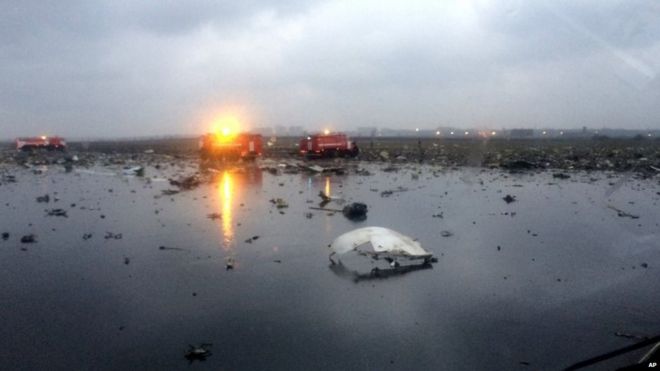


 Danny Welbeck opened the scoring on seven minutes, put through by Alexis Sanchez to round Joel Robles and slot home for his fourth of the season.
Danny Welbeck opened the scoring on seven minutes, put through by Alexis Sanchez to round Joel Robles and slot home for his fourth of the season.
On 42 minutes, teenager Alex Iwobi marked his maiden Premier League start with a first goal for the club.
The results leaves the Gunners eight points behind leaders Leicester City.
It was a first win in four league matches for third-placed Arsenal, who dominated the game.
In contrast, Everton failed to test their opponents properly and had just two shots on target as their dreadful home form - now four defeats in five in the league - continued.
Then on Wednesday they lost 3-1 to Barcelona at the Nou Camp as they were knocked out of the Champions League.
With only the league to focus on, this looked like a must-win match for the Gunners if they were to stay in touch with Leicester.
And with fifth-placed West Ham only three points behind before kick-off, with the top four qualifying for next season's Champions League.
In the event, they responded to last week's disappointments with a positive performance and earned a first league win since they beat Leicester 2-1 on 14 February.
It was a dream full league debut by Iwobi, the 19-year-old Nigeria midfielder.
He has come through the ranks at Arsenal's Hale End academy and made his first-team debut in October's 3-0 League Cup defeat to Sheffield Wednesday and signed a new contract last year.
Iwobi was born in Lagos but played for England's youth teams before deciding to represent Nigeria and has won two caps for the Super Eagles.
He boasts footballing pedigree as his uncle is former Bolton and Nigeria legend Jay-Jay Okocha.
Iwobi was brimming with confidence in attack and had the most shots of any of his team-mates.
He linked well with Welbeck and showed composure and strength to hold off the challenge of Ramiro Funes Mori before scoring his goal.
Everton have now won just one of their last nine Premier League games at Goodison Park.
They have the league's worst defensive record at home, conceding 28 goals - already the most they have shipped in a 38-game Premier League season.
The Toffees' record is worse than bottom club Aston Villa, who have let in 25 at Villa Park.
They have kept only two clean sheets at home in the league this season and their Goodison Park record reads: played 16, won four, drawn four, lost eight.
The fans were audibly frustrated at their team's poor form and the home defence was exposed horribly by Hector Bellerin's well-flighted pass for Iwobi's goal.
Roberto Martinez changed formation at half-time, bringing on England defender John Stones for midfielder Muhamed Besic and switching to a back three.
The change worked as Everton looked more compact in the second-half, but they rarely threatened a comeback.
Arsenal manager Arsene Wenger: "It was a very significant win for us and a mental test. We continued the level of performance against Barcelona. I like this group, I like the mental attitude - it has been questioned and it hurts me. When you work every day with them you see how much effort they put in."
Everton manager Roberto Martinez on BT Sport: "We looked like the team who had an extra game [in midweek]. Arsenal started with intensity and we didn't really turn up in terms of that intensity. I haven't seen us play that badly this season."
The Premier League takes a break for international football and Arsenal do not play again until 2 April when Watford visit the Emirates,
Next for Everton is a trip to Old Trafford to face Manchester United on 3 April.









